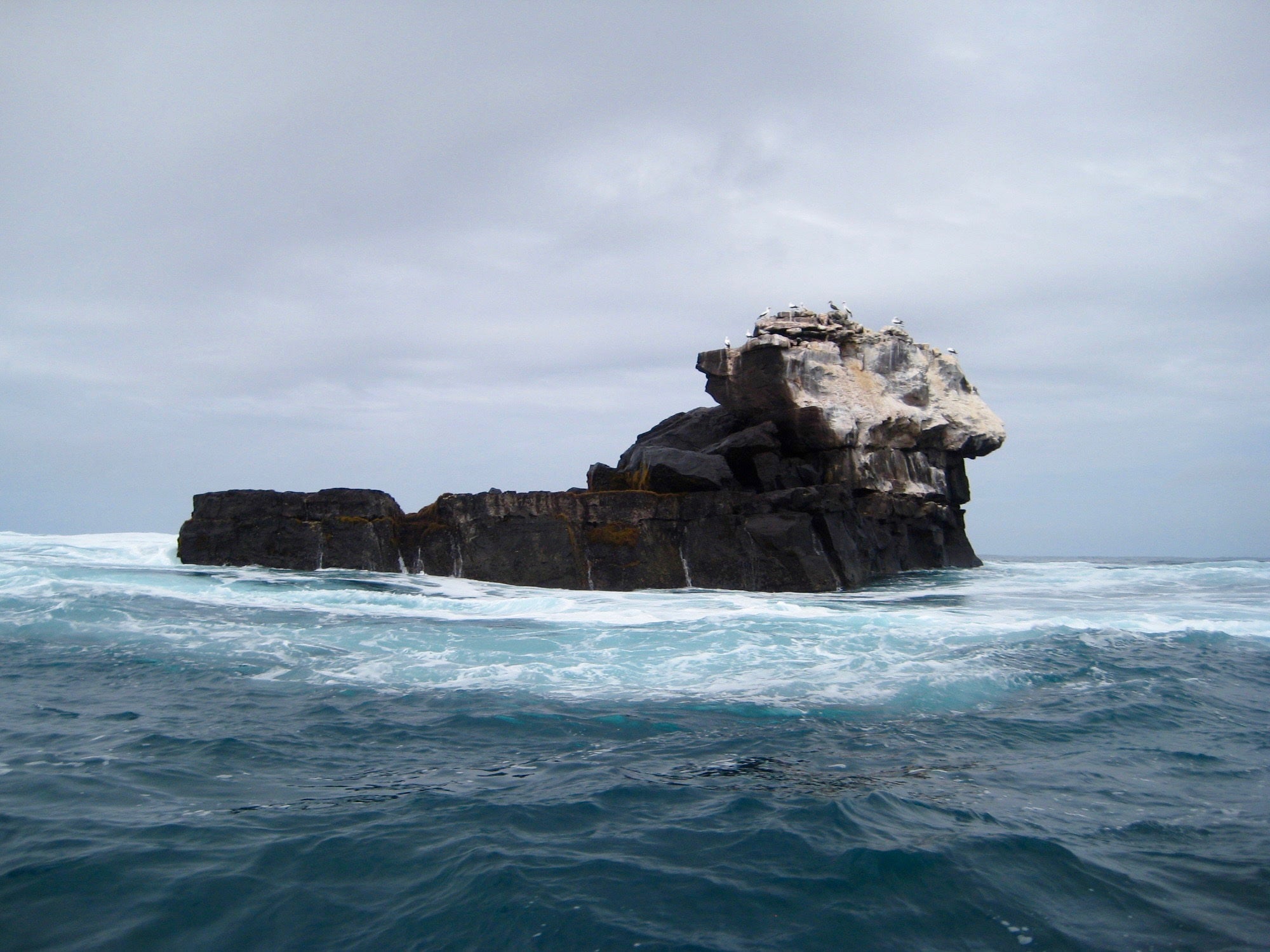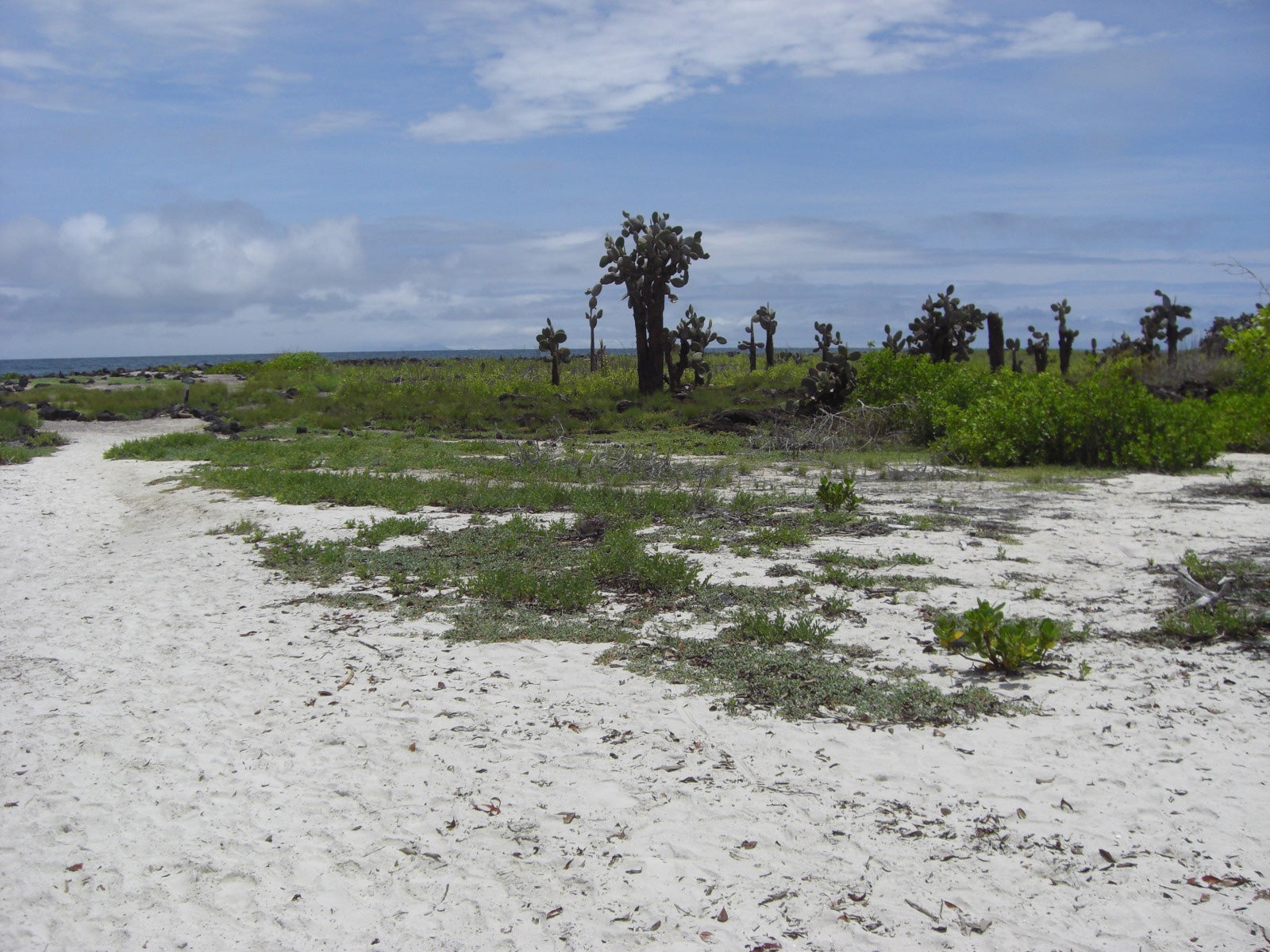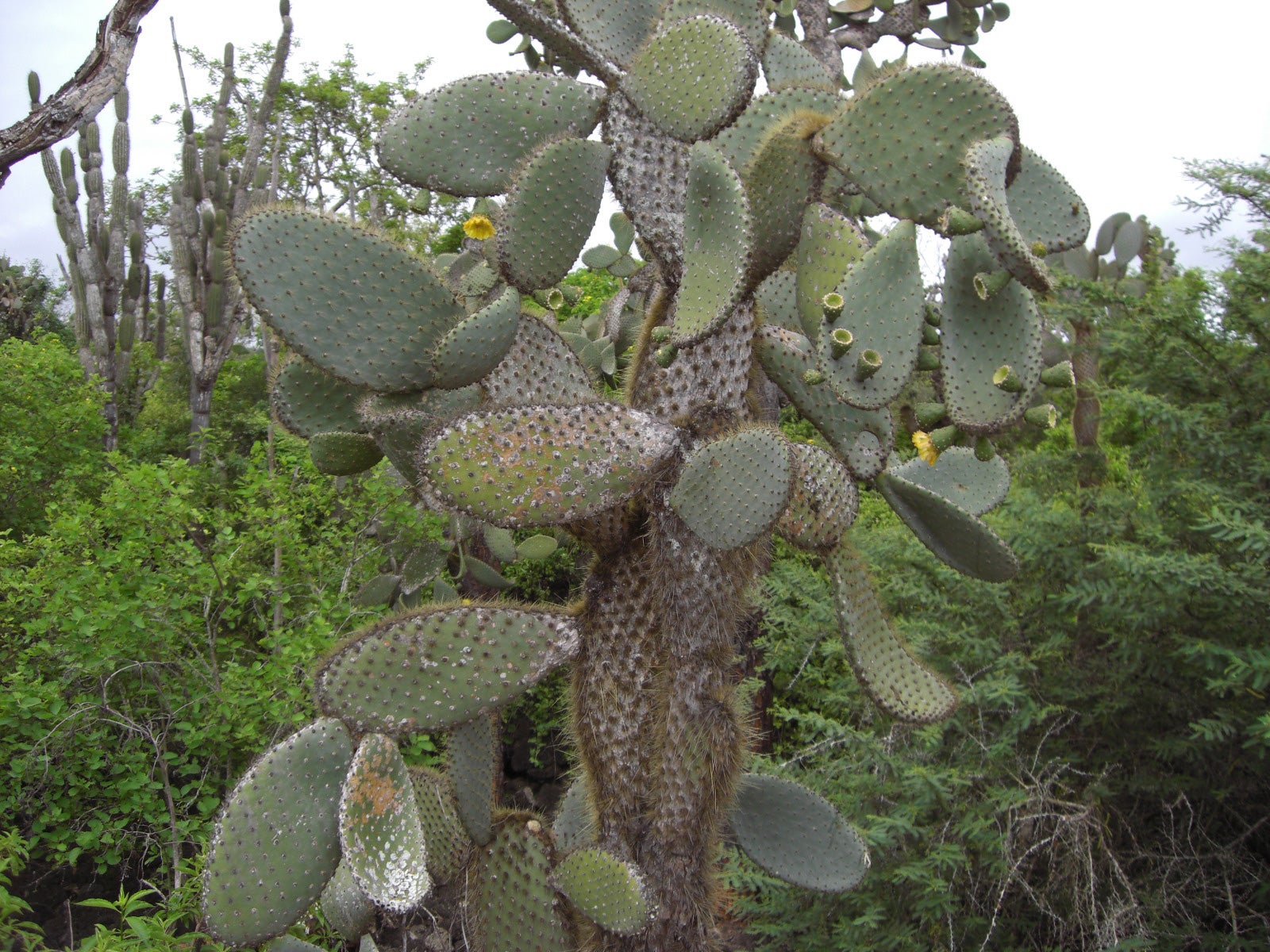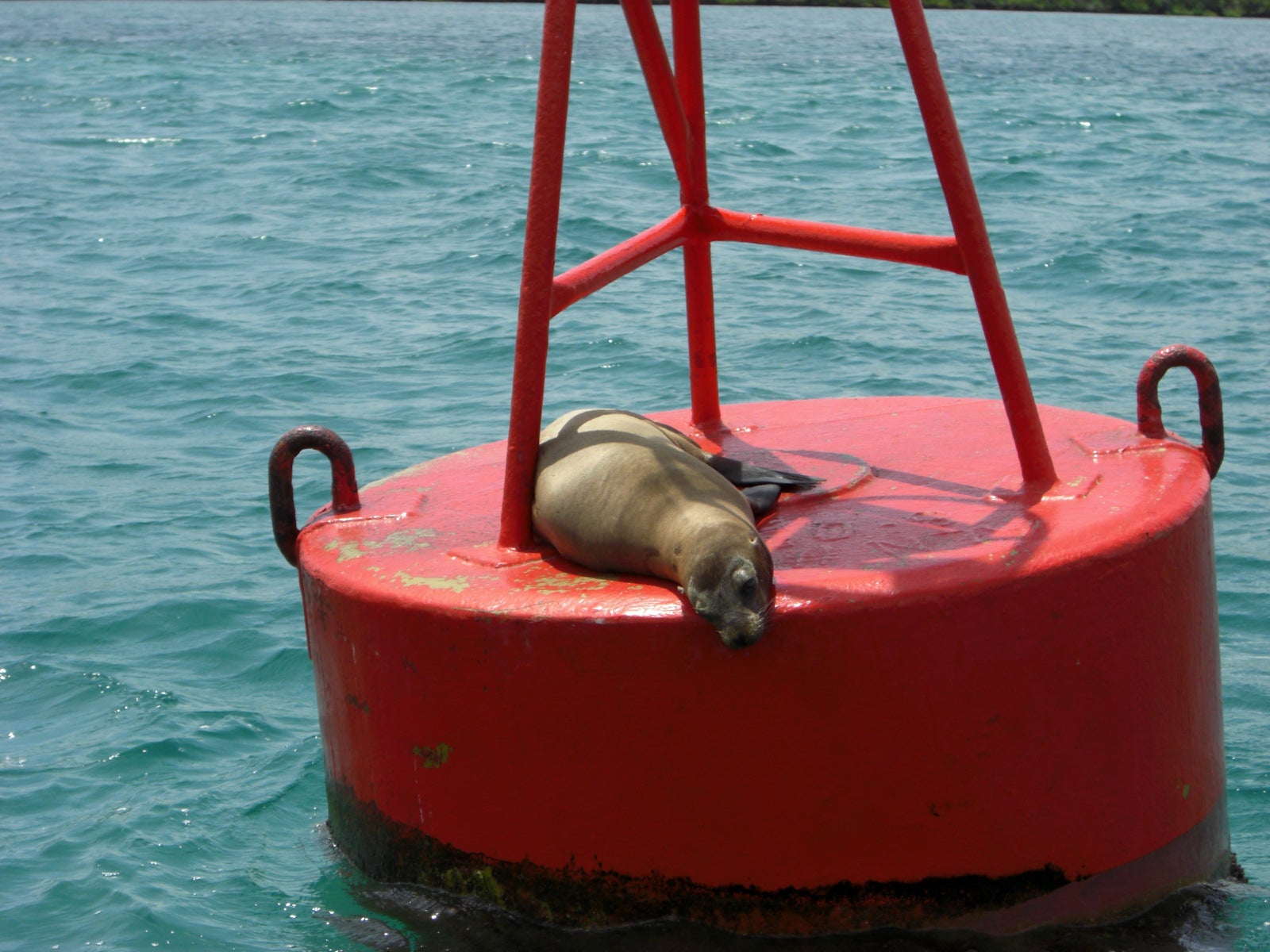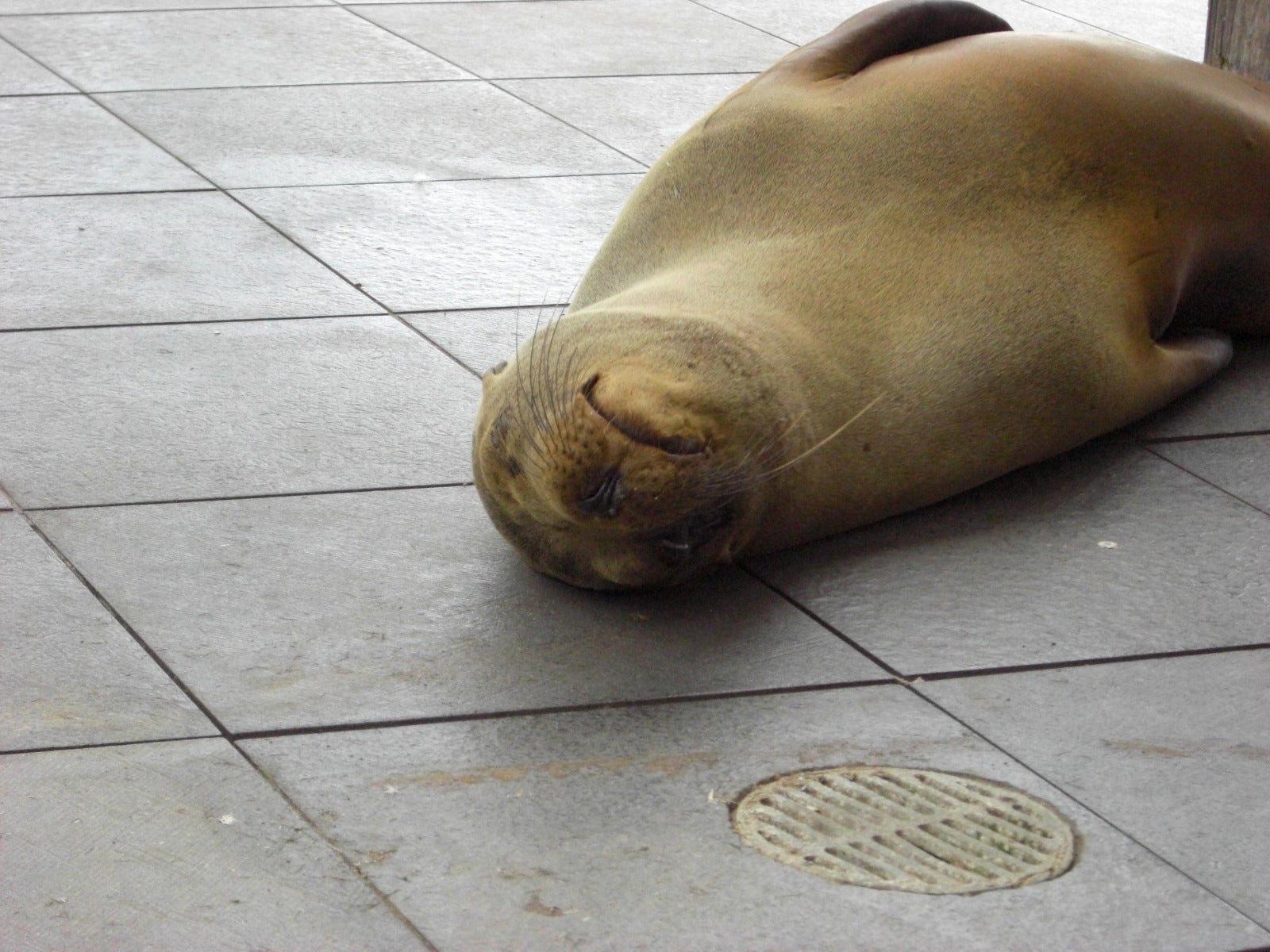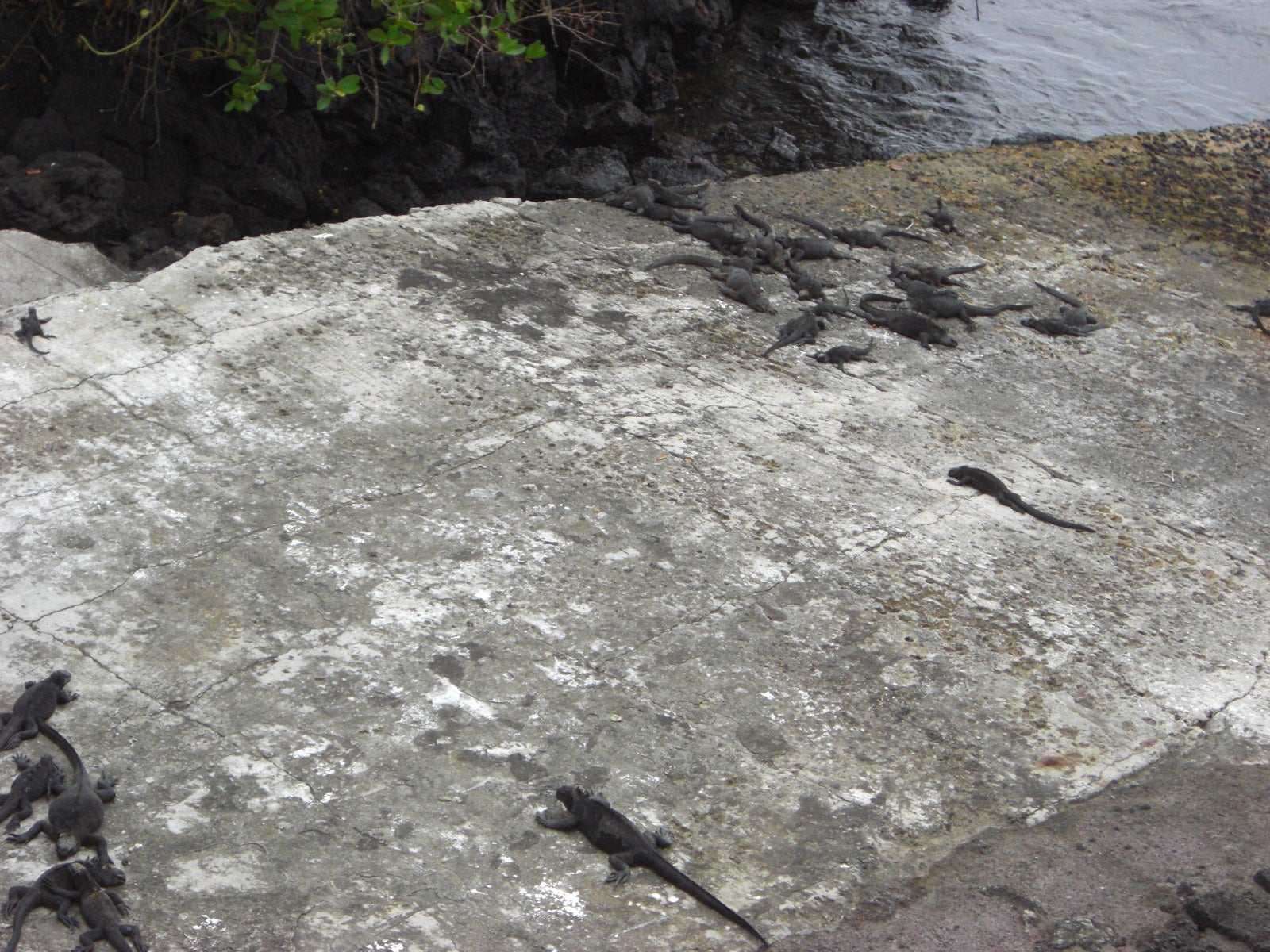Galápagos origins
The Galápagos Islands are home to a tremendous diversity of unique plants and animals. But, why this is, and when it all began, remains something of an open question. Now, scientists may have at least one more piece of the puzzle. According to a recent study led by CU Boulder’s Kris Karnauskas, the geologic formation of one particular part of the archipelago—about 1.6 million years ago—may be partly responsible for the Galápagos’ biodiversity.
Karnauskas and his colleagues hypothesized that the critical event behind this biological explosion came when a deep oceanic current began colliding with the newly formed island of Isabela. From that moment in time (geologically speaking), the Galápagos ecosystem was forever changed. Blocked by Isabela, the current rushed upward, carrying cold, nutrient-rich waters to the surface and created conditions in which the fish, plants and penguins that now call the island chain home could thrive.
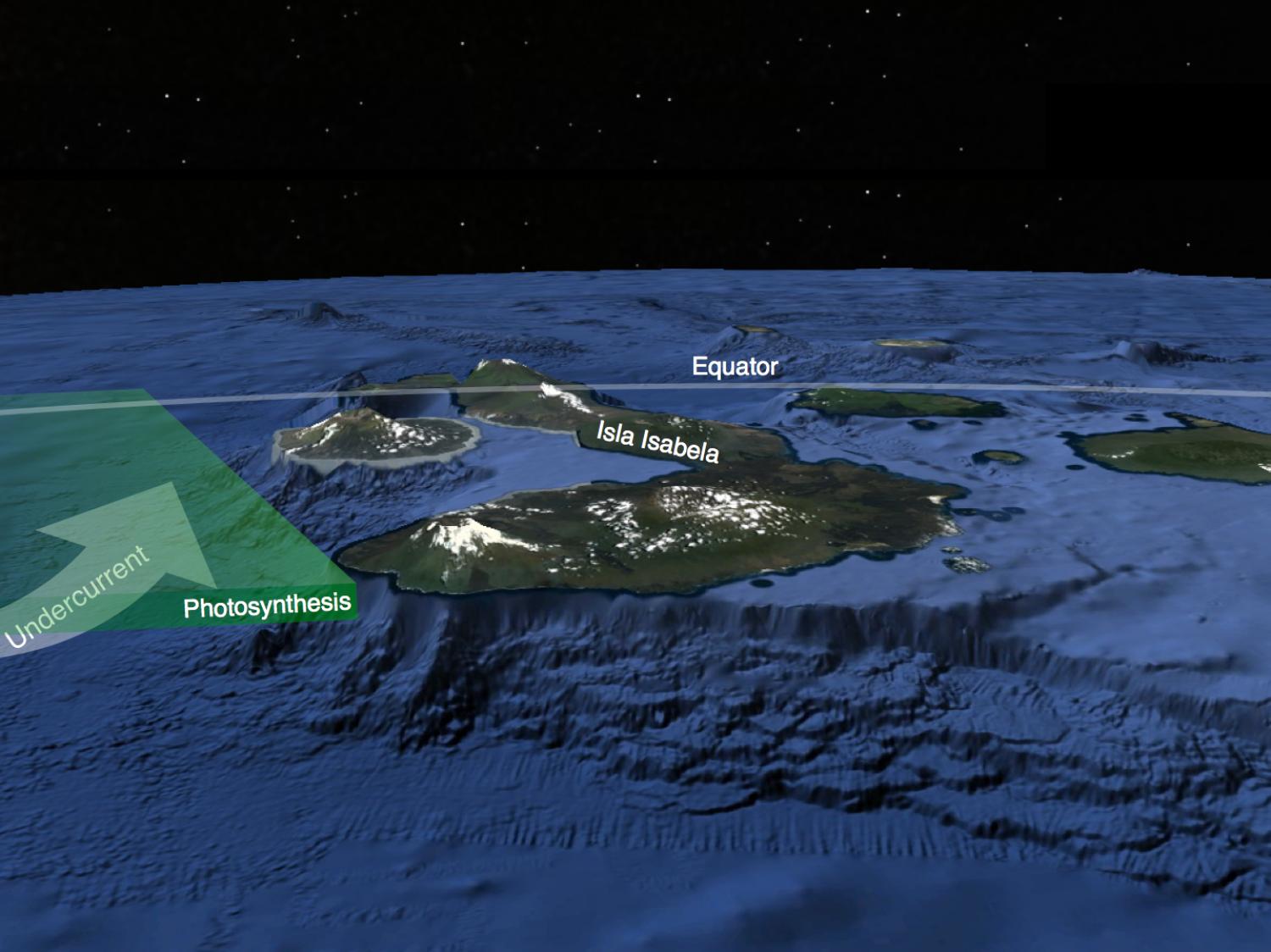
Principal Investigator:
Kris Karnauskas
Funding:
Alfred P. Sloan Foundation
Collaboration/Support:
Cooperative Institute for Research in Environmental Sciences (CIRES); Atmospheric and Oceanic Sciences; University of Idaho


